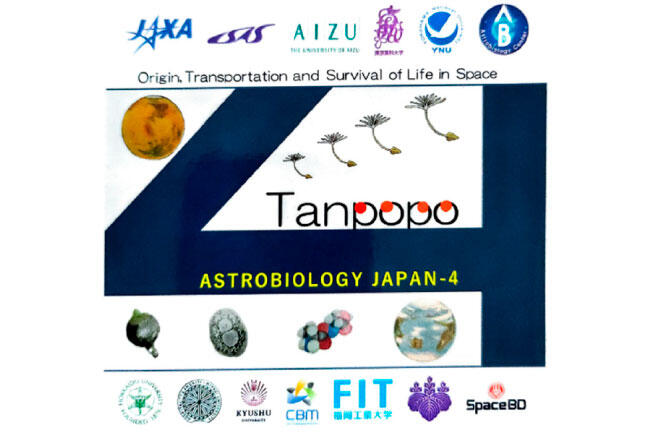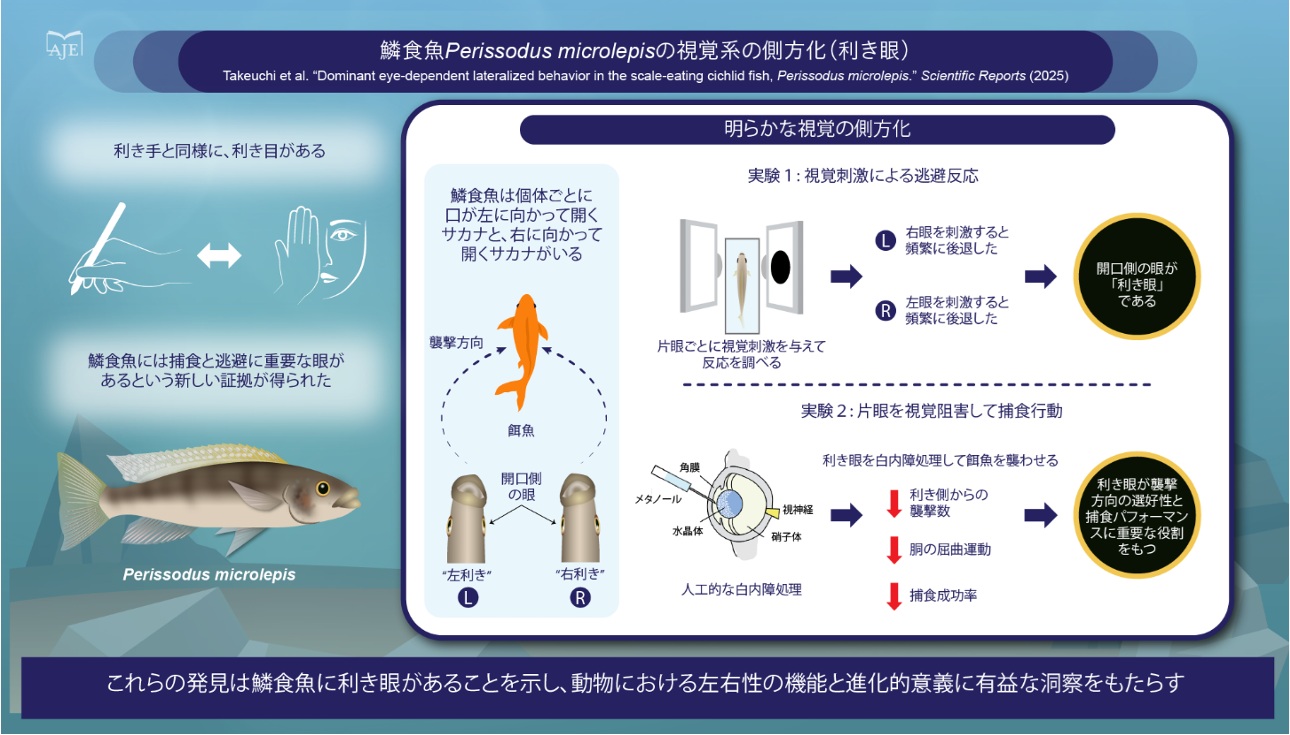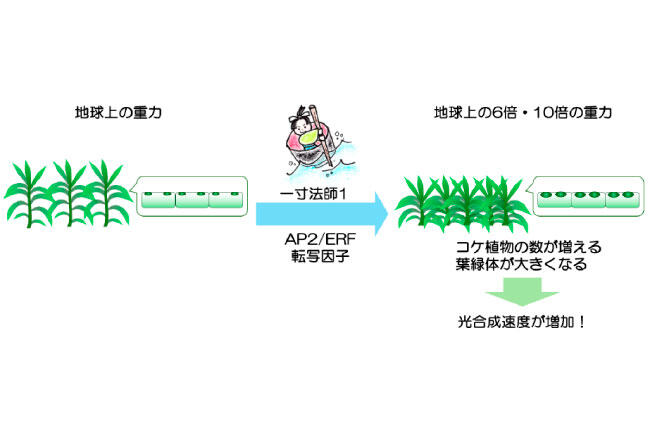Reversible shifts between interstitial and epibenthic habitats in evolutionary history: molecular phylogeny of the marine flatworm family Boniniidae (Platyhelminthes: Polycladida: Cotylea) with descriptions of two new species

Abstract
Tiny animals in various metazoan phyla inhabit the interstices between sand and/or gravel grains, and adaptive traits in their body plan, such as simplification and size reduction, have attracted research attention. Several possible explanations of how such animals colonized interstitial habitats have been proposed, but their adaptation to this environment has generally been regarded as irreversible. However, the actual evolutionary transitions are not well understood in almost all taxa. In the present study, we show reversible evolutionary shifts from interstitial to epibenthic habitats in the lineage of the polyclad flatworm genus Boninia. In addition,…..
Read more on PLOS ONE
Article information:
Tsuyuki A, Oya Y, Kajihara H (2022) Reversible shifts between interstitial and epibenthic habitats in evolutionary history: Molecular phylogeny of the marine flatworm family Boniniidae (Platyhelminthes: Polycladida: Cotylea) with descriptions of two new species. PLoS ONE 17(11): e0276847.
DOI: 10.1371/journal.pone.0276847







